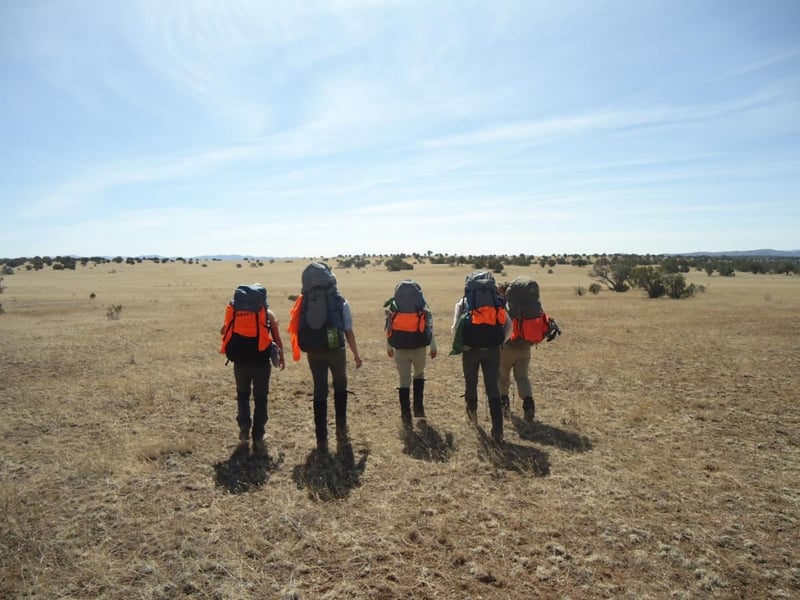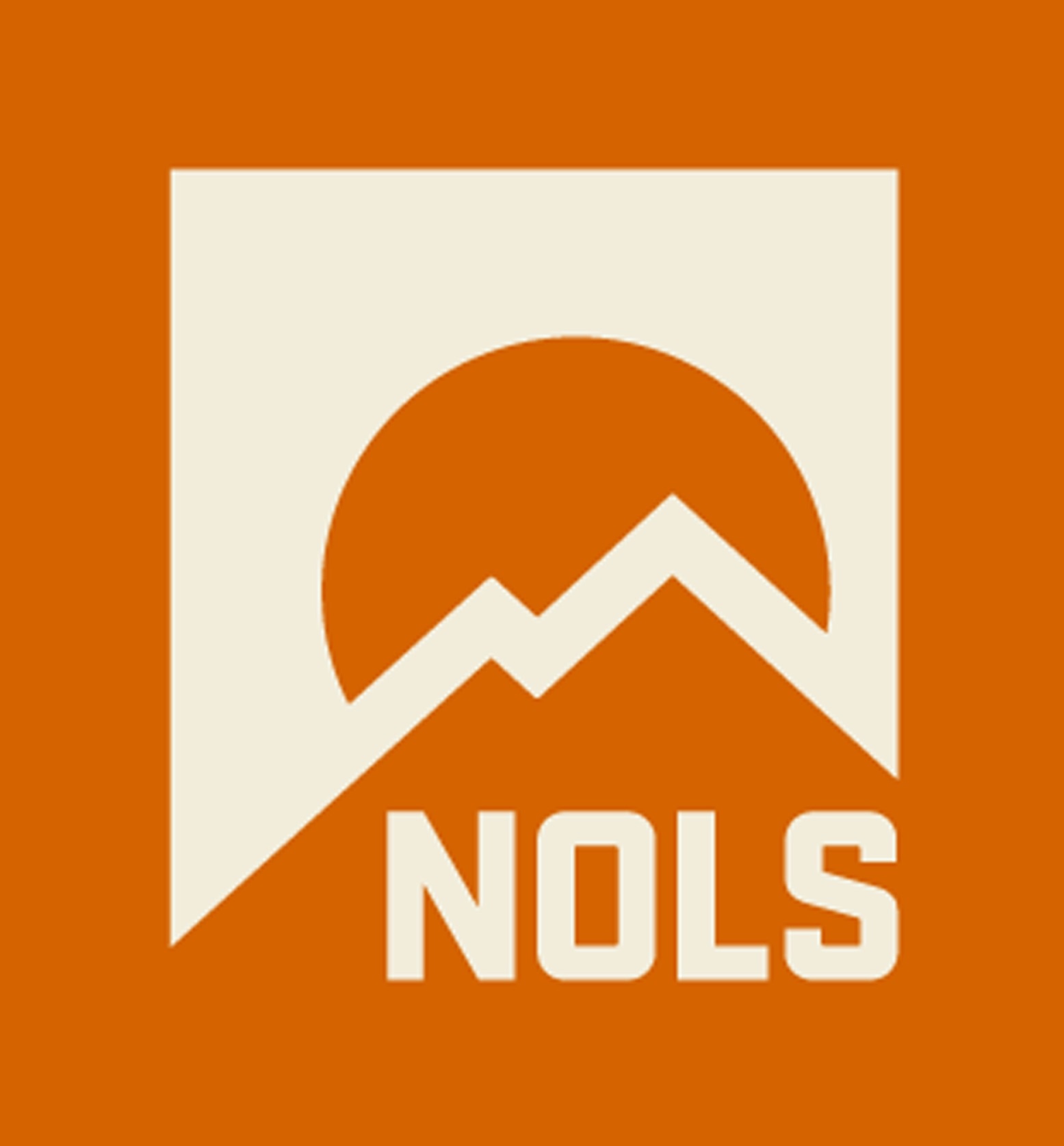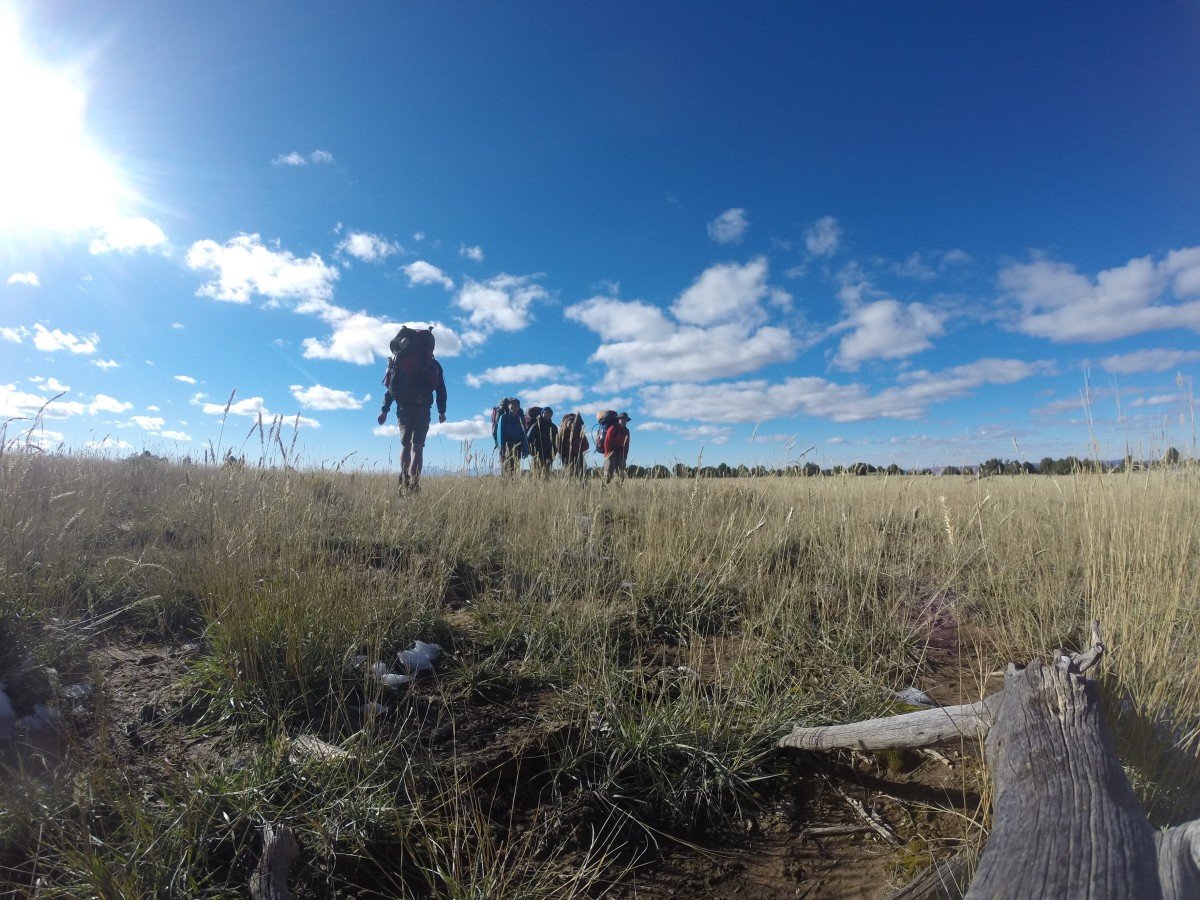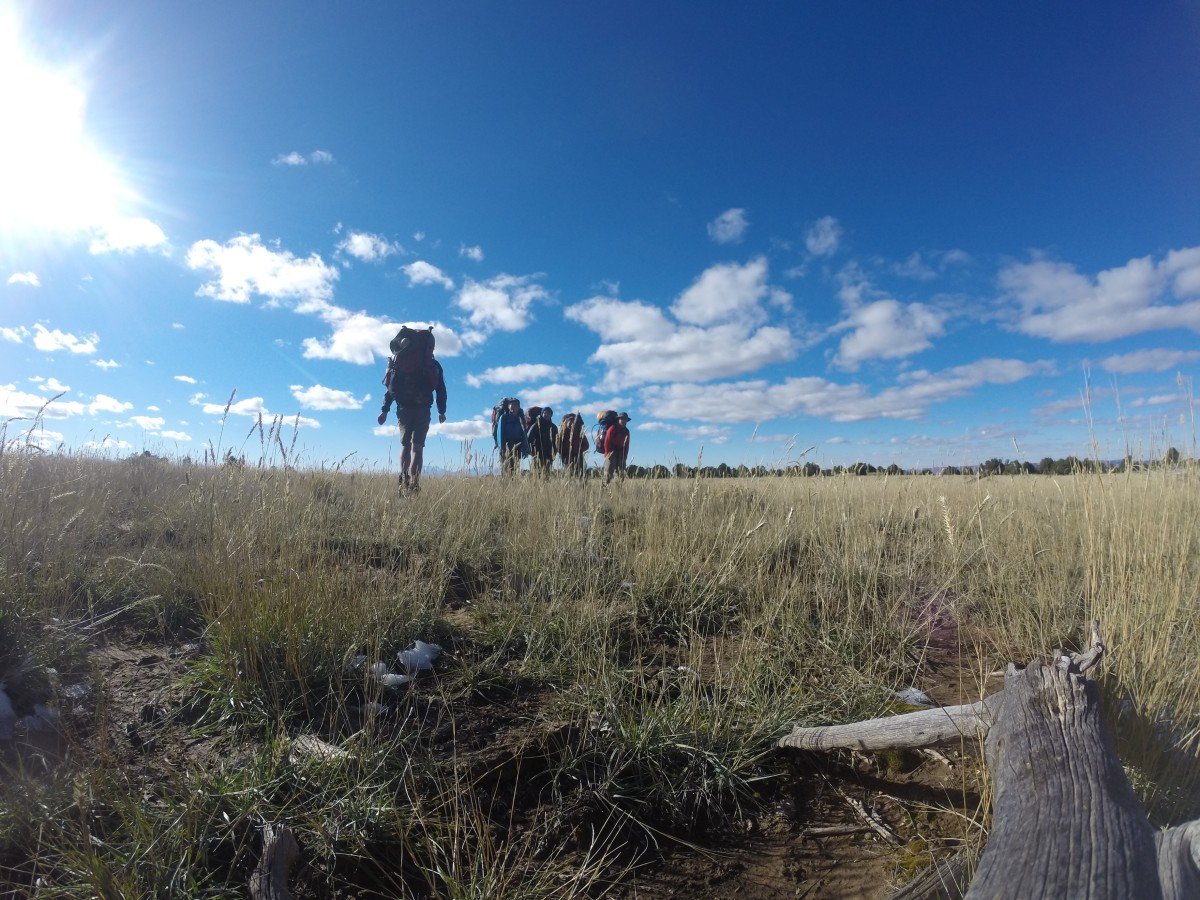 You are especially susceptible to heat illness in hot environments like the desert. Photo by Danielle Schoen.
You are especially susceptible to heat illness in hot environments like the desert. Photo by Danielle Schoen.What Is Heat Illness?
Heat illness isn’t just one thing. It’s a spectrum of signs and symptoms that occur when your body’s heat production is greater than its heat loss. It’s especially common to see heat illness at hot times of the year or if you’re traveling in a hot environment.
Heat illness is fairly straightforward to prevent as long as you’re practicing good self-care, but it can escalate into a life-threatening condition without proper prevention.
We'll take a look at the causes and signs and symptoms of heat illness, then ways to prevent it.
Causes of Heat Illness
- High ambient air temperature: When the air around you is hot, it’s harder for your body to lose heat and cool itself by way of radiation.
- Excessive clothing: Wearing too much clothing also prevents heat loss.
- Inability to sweat: When you sweat and the perspiration evaporates, it cools your body. Being unable to sweat, either due to dehydration or high humidity, can cause heat illness.
Signs, Symptoms, and Treatment of Heat Illness
- Heat syncope: Fainting due to heat stress. This happens when your body shunts blood to peripheral appendages, which decreases blood flow to the brain.
- The patient may experience tunnel vision, vertigo, nausea, sweating, weakness, or sudden fainting.
- Heat cramps: Painful muscle contractions that follow exercise in hot conditions.
- Treatment: For both symptoms, have the patient lie flat in a cool environment and elevate their legs. Keep the patient hydrated, and be sure to replenish salt as well as water to avoid hyponatremia. For heat cramps, gently straighten the muscles. Avoid massaging them, since this could make the cramps worse.
Types of More Serious Heat Illness
Heat Exhaustion and Heat Stroke
Heat exhaustion is a life-threatening rise in body temperature secondary to heat stress. Heat exhaustion is usually caused by a combination of heat stress and dehydration. The boundary between heat exhaustion and heat stroke isn’t clear—the biggest indicator that a patient has advanced from heat exhaustion to heat stroke is a change in their mental status (they may become disoriented or unresponsive).
Signs and Symptoms of Heat Exhaustion vs. Heat Stroke
Heat Exhaustion |
Heat Stroke |
|
Elevated heart rate |
Elevated heart rate |
|
Elevated respiratory rate |
Elevated respiratory rate |
|
Skin pale, cool, clammy |
Skin pale, warm, clammy |
|
Alert* |
Altered mental status* |
|
Temperature normal or slightly elevated |
Temperature higher than 104°F (39.5°C) |
|
Headache, nausea, weakness, tiredness |
|
 Choose shaded areas near a water source, if possible, for rest breaks to escape the heat. Photo by Cass Colman
Choose shaded areas near a water source, if possible, for rest breaks to escape the heat. Photo by Cass Colman
Treatment for Heat Exhaustion
- Provide a cool environment by creating shade with a tarp or seeking out shelter.
- Rest and lie flat.
- Hydrate (do not give fluids by mouth until the patient is mentally alert and can hold the glass and drink).
Treatment for Heatstroke
- Cool the patient immediately. Using cool water and fanning them will cool them the quickest when you're in the backcountry.
- Evacuate rapidly.
Steps to Prevent Heat Illness
- Shade the head and back of the neck to decrease heat gain from the sun.
- Hydrate. Simple indicators of hydration are thirst and the color of your urine. If you are thirsty, drink. Your urine should be clear to pale yellow. Dark urine may indicate dehydration.
- Wear loose-fitting, light-colored clothing. This maximizes heat loss by allowing convection and evaporation to take place.
- Exercise cautiously in conditions of high heat and humidity. Air temperatures exceeding 90°F (32°C) and humidity levels above 70 percent severely impair the body’s ability to lose heat through radiation and evaporation.
- Recognize the diseases and drugs that impair heat dissipation (including aspirin, alcohol, and hyperthyroidism).
- Know the warning signs of impending heat illness—dark-colored urine, dizziness, headache, and fatigue—and treat the warning signs early on.
- Acclimatize. It takes 10 days to two weeks to acclimatize to a hot environment.
Evacuation Guidelines
- Milder symptoms like heat syncope, cramps, and exhaustion can often be treated in the backcountry.
- Rapidly evacuate any person with suspected heat illness and associated altered mental status.
As you and your friends enjoy the outdoors, make sure you all stay hydrated and stop to rest in cool areas when needed. You can treat heat illness if you recognize the signs and symptoms early on, preventing it from advancing to heat stroke and becoming a life threat. Take care of yourself, the members of your group, and anyone else you may meet on the trail!




